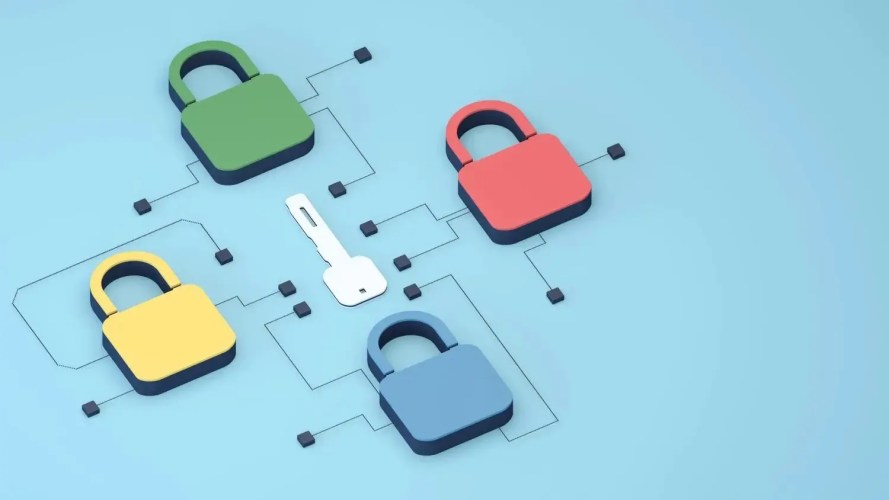3 Ways Generative AI Will Help Marketers Connect With Customers
3 min read


In 2022, over 422 million people were impacted by data breaches in the U.S. alone. Phishing, ransomware, and denial of service (DOS) attacks are some of the common ways cybercriminals lure and attack their victims, and are all top concerns for IT executives. Data masking can help protect you and your customers against cybersecurity threats. Let’s find out how.
Data masking is a process that modifies sensitive data and renders it useless to potential intruders. Your data remains usable to you and your company and can be transmitted between systems and used inside and outside your production environments. It keeps confidential information safe and gives you a way to share information with your partners and others outside your organization without compromising sensitive information.
Keep all of your information in one place, and choose how to mask the data you need secured.



Whether you’re just starting out or evaluating your data, consider the following types of data. Some are obvious, such as health information and credit card numbers, while others, such as inventions, are less so. Here are four top candidates for data masking:
Once you’ve identified the data across your organization that needs to be masked, consider which of these data masking approaches to use.
The next step in masking your data is deciding which technique you’ll use to obscure sensitive data. For example, you may want to replace identifiable details with symbols or characters, reorder or randomize sensitive data, scramble data, or delete sensitive values.
Because masked data is typically used for testing or sharing, it doesn’t matter that the original data is obscured or changed. Data masking is typically a one-way process. Masked data has no value to hackers, and unlike encrypted data, which needs to be decrypted, doesn’t need to return to its original form.
There are a variety of algorithms for data masking. Here are some of the most common:
Data masking is an ongoing process that requires careful planning, analysis, and refining. Let’s take a look at these data masking best practices.
Start by deciding what data needs to be masked: credit card information, health information, intellectual property, or personally identifiable information. Identify the fields in your database or system that need to be masked.
Decide on data masking techniques for each type of data by considering where it’s stored, how it’s used, and how sensitive it is. A large organization will need various masking tools for different data types. Don’t forget to make sure you understand how this data is used, what it’s linked to, and who has access to it.
Test the result of data masking to ensure you’re achieving the expected outcome. Then examine your masked data to make sure it can’t be reverse-engineered. Start with smaller test datasets to verify your processes.
Once you have a data masking process in place, create an audit process to make sure data masking continues to function as expected. You’ll also want to develop a policy that defines how data masking should be used, where it should be applied, and who has access to your algorithms. Lastly, train your employees on the importance of data masking and the importance of protecting your company’s and your customers’ data.

3 min read

6 min read
Data masking is a balance between altering data enough so that it’s secure while retaining its characteristics so it’s useful. It shouldn’t be daunting, but you may come up against constraints when you try to create a usable masked copy of your production data. This is why it’s important to understand the source data and how the masked data will be used.
To decide the appropriate level of data masking, consider these data masking constraints:
The right data masking solution will help you easily secure your data against theft and uphold any corporate or regulatory requirements for data privacy. When selecting a data masking solution, look for one that:
Data masking is ideal when you need to use or share data but must protect it for privacy and security reasons. It can reduce risk in both on-premises and cloud environments, and it is one of the most important tools that helps keep your data secure — building trust with your customers and partners.

Get the latest articles in your inbox.


